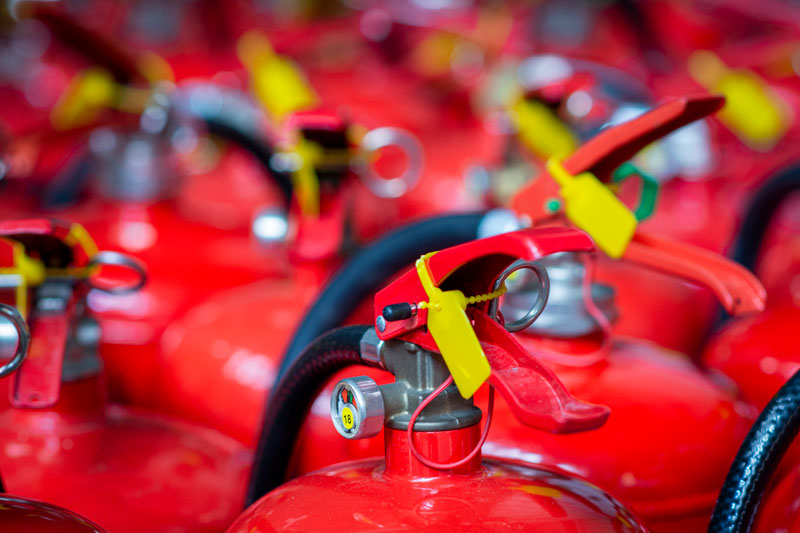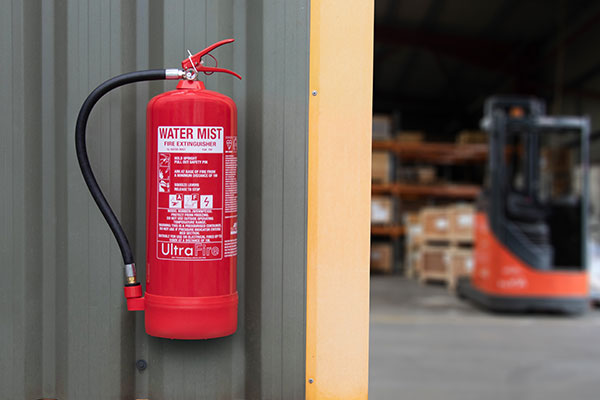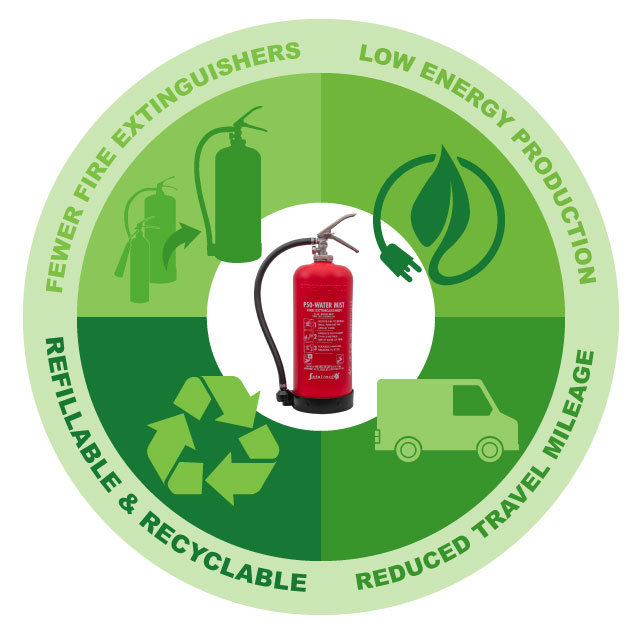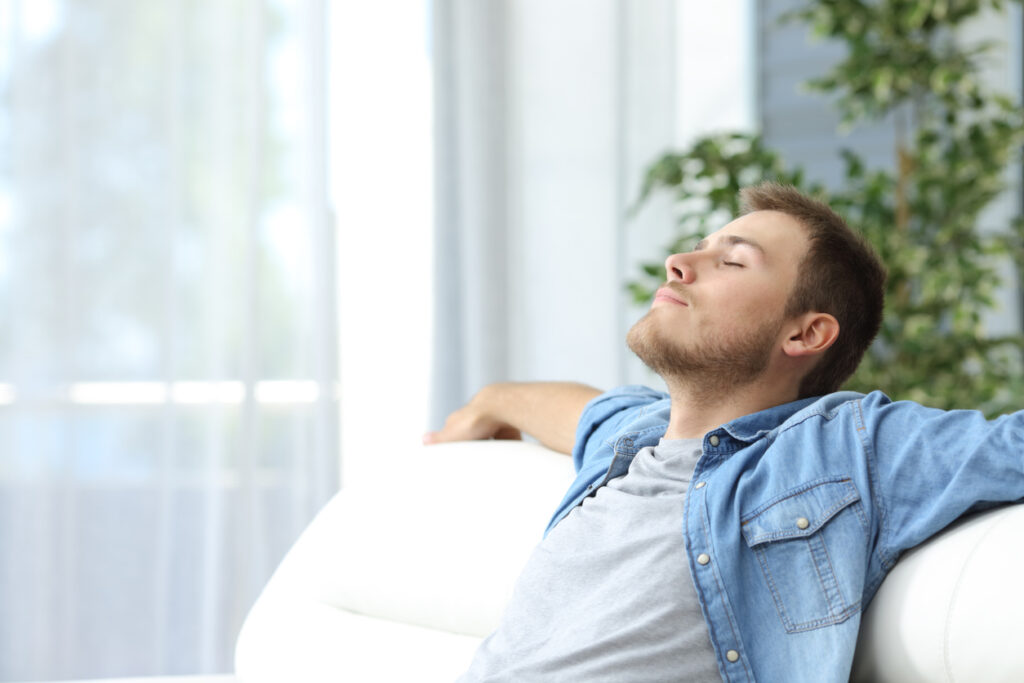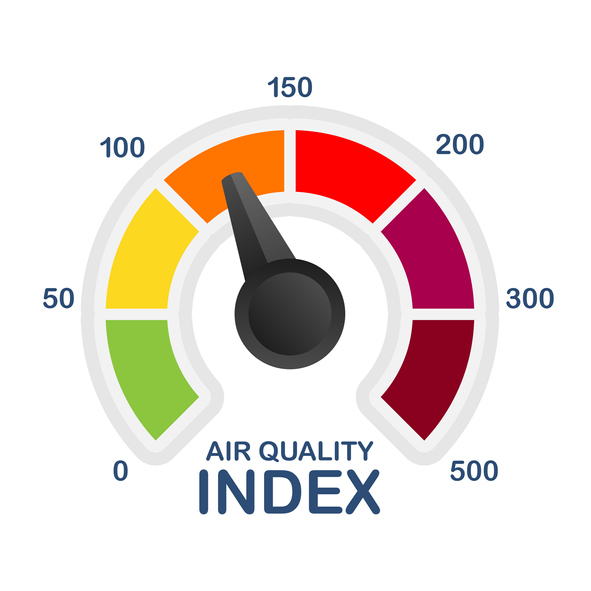Sunday 21st December 2025
The three main regulations of COSHH are Regulations 6 (risk assessment), 7 (prevention or control of exposure), and 12 (information, instruction and training). These requirements form the backbone of the Control of Substances Hazardous to Health Regulations 2002, protecting workers from dangerous substances at work. They work together to identify risks, implement controls, and teach people how to stay safe around hazardous materials, including essential emergency evacuation equipment.
Key Takeaways
- COSHH protects UK workers from health risks caused by hazardous substances in the workplace.
- Regulation 6 requires risk assessments before work with hazardous substances begins.
- Regulation 7 requires you to prevent exposure or, if prevention isn’t reasonably practicable, to control it.
- Regulation 12 requires information, instruction and training for anyone working with hazardous substances.
- Breaking COSHH rules is a criminal offence with unlimited fines.
- Around 13,000 UK deaths each year are linked back to workplace exposure to hazardous substances.
What Is COSHH and Why Should You Care?
COSHH stands for the Control of Substances Hazardous to Health Regulations 2002. These UK regulations protect people from substances that can harm their health at work. The rules cover chemicals, fumes, dust, vapours and biological agents.
The numbers tell a stark story. Each year, an estimated 13,000 deaths in the UK are linked to past exposure at work to hazardous substances. That’s mainly from dust or chemicals. These aren’t just statistics. They’re people.

What COSHH Covers
- Chemicals and cleaning products
- Fumes and vapours
- Dust (including wood dust, silica, flour)
- Biological agents (bacteria, viruses)
- Substances created by work activities
COSHH applies to nearly every workplace. Offices use cleaning products. Construction sites create dust. Hair salons work with chemical treatments. Manufacturing plants handle industrial solvents. If hazardous substances are present, COSHH applies to you.
Regulation 6: Risk Assessment Comes First
You can’t start work with hazardous substances until you’ve done a proper risk assessment. That’s the law under Regulation 6.
This isn’t about ticking boxes. You need to identify every hazardous substance in your workplace and work out what harm it could cause. Who might be exposed? How often? For how long? What could go wrong?
Your assessment must cover:
- The hazardous properties of each substance.
- How you use it in your workplace.
- Who’s at risk and why.
- What controls you already have.
- Plans for accidents and emergencies.
Got five or more employees? You must write it down. This record proves compliance, helps you track whether your controls work and provides crucial evidence if something goes wrong.
Risk assessments aren’t static documents either. Review them regularly. Update them when you introduce new substances, change how you work or if health checks suggest your controls aren’t good enough.
Regulation 7: Stop Exposure in Its Tracks
This is where theory meets practice. Regulation 7 is precise: prevent exposure to hazardous substances wherever reasonably practicable. If prevention isn’t possible, control that exposure adequately.
Think of it as a ladder. You start at the top and work your way down.
The COSHH Hierarchy of Controls
| Priority | Control Method | Example |
|---|---|---|
| 1st | Eliminate | Stop using the substance completely. |
| 2nd | Substitute | Use a safer alternative product. |
| 3rd | Engineering Controls | Enclosed systems, ventilation, automation. |
| 4th | Administrative Controls | Limit exposure time, supervision and training. |
| 5th | PPE | Gloves, masks, protective clothing (last resort). |
Can you eliminate the hazardous substance? Stop using it altogether? That’s your first question. No substance means no risk.
If you can’t eliminate it, try substitution. Replace that toxic cleaning chemical with something safer. Swap out a dangerous solvent for a less harmful option.
Still can’t avoid it? Install engineering controls. Enclose the process. Add local exhaust ventilation. Automate to reduce human contact. The regulations are clear: use engineering controls before you even think about PPE.
Personal protective equipment is your last line of defence, not your first. Use it only when other controls aren’t enough.
Regulation 12: Knowledge Keeps People Safe
You can have the best controls in the world. But if your people don’t understand them, they’re useless.
Regulation 12 requires you to provide employees with information, instruction, and training before they work with hazardous substances. Not after. Before.
They need to know:
- What substances are they working with.
- What harm can these substances cause.
- The main findings of your risk assessment.
- How the controls work and why they matter.
- How to spot when something’s wrong.
Training covers the practical stuff too. How do you use that ventilation system properly? When should you wear a mask? What do you do if there’s a spillage?
Training Requirements
- Must happen before exposure begins
- Needs regular refreshers
- Should use plain language, not jargon
- Must cover emergency procedures
- Has to be recorded
And it’s not just a one-off thing. Give refresher training regularly. Update it when you introduce new substances or change your processes.

Other COSHH Requirements
The three main regulations don’t work on their own. Several others support them.
Regulation 8 requires proper use of control measures. Regulation 9 requires you to maintain and test those controls. Local exhaust ventilation systems need thorough examination at a minimum every 14 months.
Regulation 10 covers exposure monitoring. If your risk assessment shows it’s necessary, you must monitor exposure at regular intervals. This tells you whether your controls actually work.
Regulation 11 deals with health surveillance. Some substances require monitoring workers’ health. This might mean questionnaires about symptoms, skin condition inspections or complete medical examinations.
Regulation 13 requires emergency planning. You need arrangements for accidents and incidents. That means first-aid facilities, practised procedures and a way to raise the alarm quickly.
Who’s Responsible Under COSHH?
Employers carry the legal duty. You must conduct risk assessments, implement controls, provide training, and maintain safety measures. You can appoint someone competent to help, but you can’t delegate away responsibility.
But employees have duties too. You must:
- Follow the control measures.
- Use PPE correctly.
- Report defects or concerns.
- Take reasonable care of your own safety.
- Do not put others at risk.
Self-employed? Most COSHH rules apply to you, except Regulations 10 and 11, which do not apply to you. But if you employ anyone or control others’ exposure, the complete regulations apply.
The Health and Safety Executive and local authorities enforce COSHH. They inspect workplaces and investigate incidents. Breaking these regulations is a criminal offence.
⚠️ Penalties for Breaking COSHH
- Unlimited fines for individuals and companies.
- Prosecution possible.
- Imprisonment in severe cases.
- Reputation damage.
- Compensation claims.
What Happens When You Get It Wrong?
The consequences go far beyond fines, though those can be unlimited.
Health effects can be devastating. Skin conditions. Breathing problems. Occupational asthma. Cancer. Some effects appear immediately. Others take years to develop.
Then there’s the financial hit. Compensation claims. Lost working days. Recruitment and training costs for replacement staff. Business disruption. The HSE says work-related illnesses cost millions each year.
Your reputation takes a beating, too. Nobody wants to work for or with a company that doesn’t protect its people. In competitive markets, a poor safety record can kill your business.
Keep Your People Safe
Understanding COSHH’s three main regulations matters because lives depend on it. Regulation 6 identifies the dangers. Regulation 7 stops exposure. Regulation 12 gives people the knowledge they need.
These aren’t bureaucratic hurdles. They’re practical steps that save lives and prevent suffering.
Whether you run a factory, building site or office, COSHH compliance is required by law. But more than that, it’s about doing right by the people who work for you.
Need help making sense of COSHH in your workplace? Want advice on the proper safety equipment for your specific situation? We’re here to help at Safelincs. Get in touch with us today, and we’ll give you the expert support you need.
Frequently Asked Questions
What does COSHH stand for?
Which substances aren’t covered by COSHH?
How often should you review COSHH risk assessments?
Do small businesses need to follow COSHH?
What’s the penalty for breaking COSHH regulations?
“Easy to use website. I found the ideal produce to replace my smoke alarm sytem quickly and easily. Update to a modern version of my old system. Good price, fast delivery, easy to fit. Fixed to the original interlinked wiring in place. Very tidy, modern looking system. Would shop here again.”
Ian Beevers
“Great business to deal with. Good information about different fire extinguisher types etc. on websites and delivered the next day. Would certainy use again.”
Michael Harding

